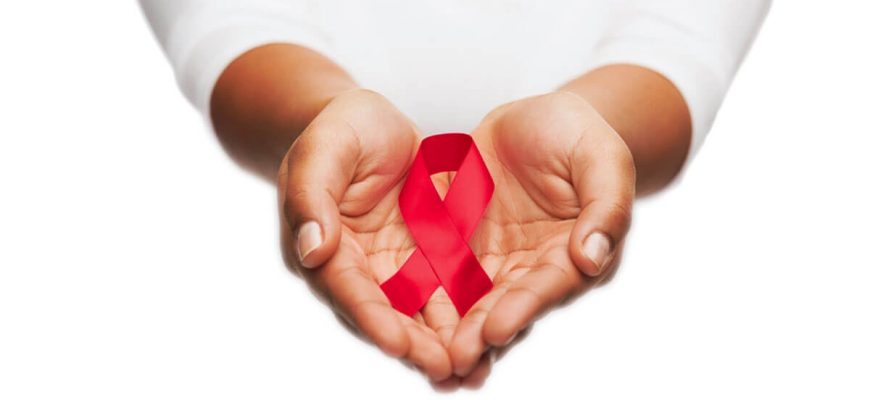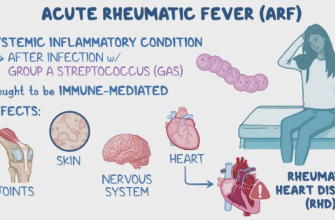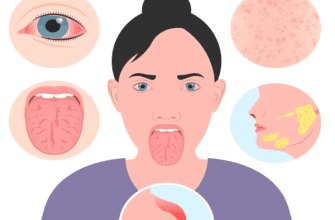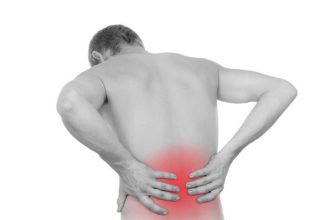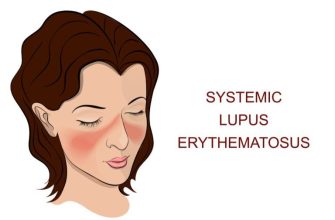Contents
- 1. Etiology
- 2. Transmission
- 3. Symptoms by Stage
- 4. Diagnosis
- 5. Prevention
- 6. Treatment (ART – Antiretroviral Therapy)
- 7. How to Recognize HIV?
- 8. Post-Exposure First Aid
- 9. How to Identify HIV in Others?
- HIV vs. AIDS: Key Differences Explained
- 1. HIV (Human Immunodeficiency Virus)
- 2. AIDS (Acquired Immunodeficiency Syndrome)
- Key Differences
- Critical Notes
1. Etiology
- Pathogen: Human Immunodeficiency Virus (HIV).
- Types:
- HIV-1 (global, more aggressive).
- HIV-2 (West Africa, slower progression).
- Action: Destroys CD4+ T-cells, weakening immunity.
2. Transmission
- Sexual (unprotected vaginal/anal/oral sex).
- Blood (transfusions, shared needles).
- Vertical (mother to child during birth/breastfeeding).
- Rare: Organ transplants, open wounds.
Not transmitted:
- Via saliva, sweat, hugs, household contact.
- Through mosquito bites.
3. Symptoms by Stage
1. Acute phase (2–4 weeks post-infection):
- Fever, fatigue, swollen lymph nodes.
- Rash, sore throat (flu-like symptoms).
2. Latent phase (5–10 years):
- Asymptomatic (virus replicates silently).
3. AIDS (terminal stage):
- Opportunistic infections (TB, pneumonia, candidiasis).
- Weight loss, chronic diarrhea.
- Cancers (Kaposi’s sarcoma, lymphomas).
4. Diagnosis
- ELISA (HIV antibodies) – detects after 3–12 weeks.
- PCR (viral DNA) – detects after 2–4 weeks.
- Rapid tests (blood/saliva) – results in 15–30 min.
- Western blot – confirmatory test.
Key point:
- “Window period” (3–12 weeks) – tests may be false-negative.
- Re-test at 3 and 6 months if high-risk exposure.
5. Prevention
- Condoms for every sexual act.
- PrEP (pre-exposure prophylaxis) – for high-risk groups.
- Sterile tools (tattoos, piercings, needles).
- Testing all pregnant women.
Emergency PEP:
- Start antiretrovirals within 72 hours after exposure.
6. Treatment (ART – Antiretroviral Therapy)
- Goal: Reduce viral load to undetectable levels.
- Drugs: 3–4 medication combo (e.g., tenofovir + emtricitabine + dolutegravir).
- Lifelong treatment – stopping leads to resistance.
Efficacy:
- With early treatment, life expectancy = general population.
- 96% lower transmission risk to partners.
7. How to Recognize HIV?
Early signs:
- Prolonged fever + rash after unprotected sex.
- Swollen lymph nodes (neck, armpits, groin).
Late signs (AIDS):
- Oral/esophageal thrush.
- Shingles.
- Extreme fatigue.
Crucial: Only testing confirms HIV!
8. Post-Exposure First Aid
- Within 2 hours:
- Rinse mucous membranes (mouth, genitals) with antiseptic.
- For needle sticks – squeeze out blood, disinfect with alcohol.
- Within 72 hours:
- Start PEP (post-exposure prophylaxis) prescribed by a doctor.
- After 1–3 months:
- Get PCR + ELISA tests.
9. How to Identify HIV in Others?
Visible signs (late-stage only):
- Severe weight loss.
- White mouth patches (thrush).
- Purple skin lesions (Kaposi’s sarcoma).
But:
- 80% of carriers look healthy for years!
- Only a test provides certainty.
HIV vs. AIDS: Key Differences Explained
1. HIV (Human Immunodeficiency Virus)
- What it is: A virus that attacks the immune system (specifically CD4 cells).
- Transmission: Spread through blood, sexual contact, or mother-to-child.
- Symptoms:
- Early stage: Flu-like illness (fever, rash, swollen lymph nodes).
- Chronic stage: Often no symptoms for years.
- Treatment: Controlled with antiretroviral therapy (ART). People with HIV can live long, healthy lives.
2. AIDS (Acquired Immunodeficiency Syndrome)
- What it is: The final, most severe stage of untreated HIV infection.
- Diagnosis criteria:
- CD4 count <200 cells/mm³ (normal: 500–1600).
- OR the presence of opportunistic infections/cancers (e.g., tuberculosis, Kaposi’s sarcoma).
- Symptoms:
- Rapid weight loss, chronic diarrhea.
- Severe infections (pneumonia, meningitis).
- Skin lesions, neurological damage.
- Treatment: Requires immediate ART but may not fully restore immune function.
Key Differences
| Factor | HIV | AIDS |
|---|---|---|
| Definition | Virus that weakens immunity | Late-stage HIV (immune system destroyed) |
| Progression | Can be controlled with medication | Develops after years of untreated HIV |
| Symptoms | Often asymptomatic for years | Severe, life-threatening illnesses |
| Transmission | Contagious at all stages | Not “caught” – it’s HIV’s end stage |
| Life Expectancy | Near-normal with ART | 2–3 years without treatment |
Critical Notes
- HIV → AIDS: Only happens if HIV is not treated. With ART, most people never develop AIDS.
- “Undetectable = Untransmittable (U=U)”: Proper treatment makes HIV non-contagious (<200 copies/mL).
- AIDS is reversible: Starting ART can rebuild immunity, moving patients back to “HIV” status.
